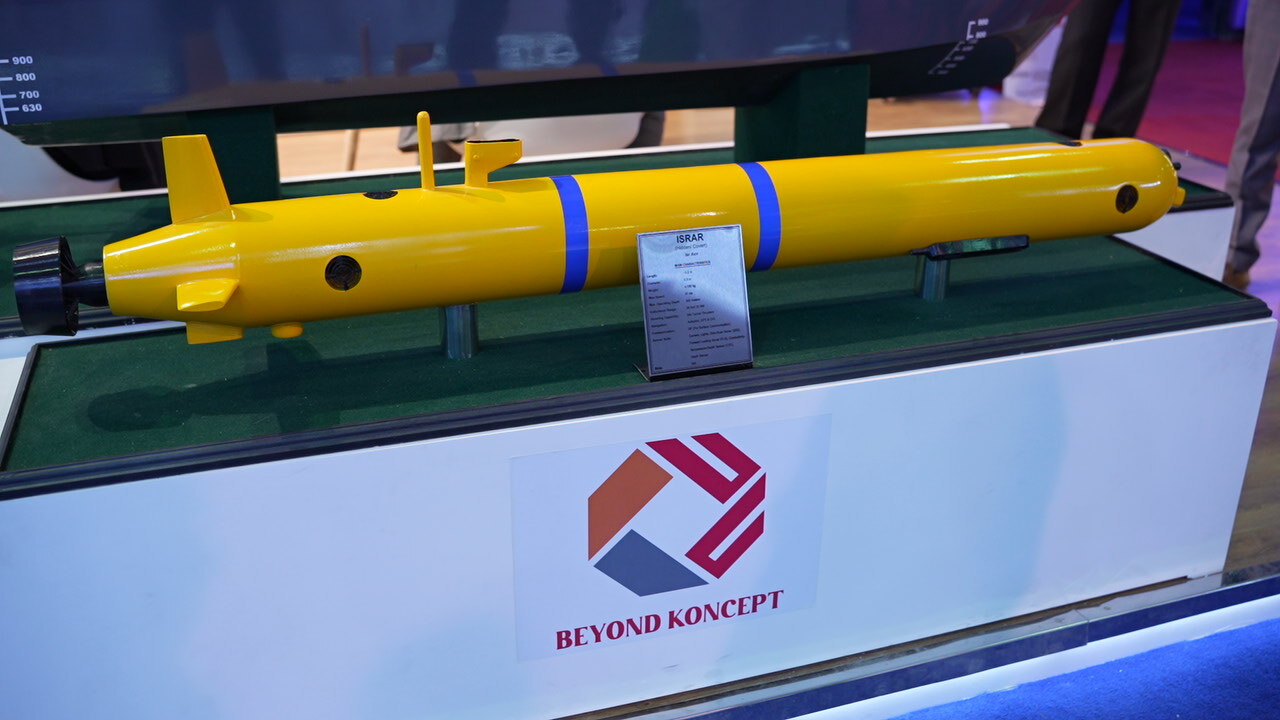Conventional wisdom dictates that one can only bring a weapon’s destructive force to bear fully when one is as comfortable using it as one’s body. Imagine a soldier with a nano-technology-enabled cranial implant that enables him to operate a drone in the battlefield as effortlessly as he moves. The guiding principle of the Brain-Computer Interface (BCI) has an unimaginably vast array of applications beyond just that. This is not just another fancy emerging technology; it has the potential to relieve the foundational bottleneck, i.e., the great debate of how much autonomy can be accorded to a machine in lethal decisions. If we can effectively integrate the robust and flexible decision-making endowment of humans with the ever-expanding computational capacity of computers, we stand to bypass this impasse.
BCIs were traditionally envisaged for therapeutic applications. However, their cognitive enhancement potential has recently attracted significant interest within military circles. BCIs have been explored for uses such as threat detection, screening, interrogation, human physical and emotional management, and silent communication. Notably, direct machine control has been demonstrated to be a practical approach. For example, in a simulator, a quadriplegic pilot was able to fly an F-35 fighter jet with only brain signals, thanks to low-latency data transfer. Similarly, preliminary experiments have explored the possibility of a single-person control of a group of machines, such as drones, using brain intent, enabling more intuitive use of weapon systems. The advancements have also enabled silent or brain-to-brain communication as a logical extension of the current state-of-the-art technology, with far-reaching consequences for enhanced battlefield coordination. The ability to read mental states and thoughts allows commanders to assess a soldier’s operational readiness. The same logic extends to high-value, time-sensitive investigations. In short, it provides numerous pathways to enhance the efficiency of combat operations.
Reaching into ethically muddy territories, the defence sector is pursuing “super soldiers”. Unlike restoring standard biological functionality, this seeks to optimise humans according to the mission profile. Qualities such as enhanced cognitive and sensory capabilities, including reduced sensitivity to pain, resilience against stress, and overall heightened situational awareness, could potentially allow the combatants to remain calm under pressure, recover faster from mental and physical fatigue and injury, and process large amounts of information quickly.
Beyond active combat applications, the defence community, such as the United States’ Defense Advanced Research Projects Agency (DARPA), is funding rehabilitative and medical applications. Techniques termed electronic medicine, such as intracortical microstimulation, have shown promise in the treatment of PTSD. Similarly, responsive bionic limb replacement has already been successful in improving patients’ quality of life.
The progress in BCI is predicated upon the ability of electrodes to read neural impulses and, more importantly, the technology to translate them into computer-readable commands. A bidirectional information pathway enables electronic communication between the brain and the machine, allowing both to essentially think together. This rapid progress has been made possible by advances in adjacent fields of nanotechnology and artificial intelligence, helping capture neural impulses more comprehensively and analyse the enormous amount of data thus gathered.
BCI is also central to Human Machine Teaming (HMT) efforts. In this regard, perhaps one of the most important applications is the reduction of cognitive load. As war becomes more and more informatised, increasing data streams and quantity make handling it extremely difficult. The tempo of operations on the battlefield is exceeding the limitations of human decision-making speed, creating a bottleneck that practitioners have classified as hyperwar or battlefield singularity. Advancing BCI technology could help digest information from disparate sources faster in real-time through data curation, allowing for quicker decision-making, thereby providing a battlefield advantage.
We may see a significant commercial and military exploitation of BCI technology for various purposes. However, concerns regarding security, safety and autonomy must be deliberated. As minds are no longer impregnable, neuroscientists have voiced concerns about neurowarfare, where data obtained from the minds of individuals can be weaponised against them for various purposes, such as influencing decisions and inducing different effects, for example, degrading morale or motivation, and inculcating fear. Similarly, a subject safety pitfall exists, as the most efficient BCI systems to date are invasive and require surgical installation. A future with extensive BCI integration must address concerns about mental and bodily autonomy as well as cognitive privacy, as there are profound implications not just for individual freedom but also for democracy.
The evolving battlespace is becoming increasingly complex due to the rapid inclusion of numerous platforms that amass data at immense speeds. The speed of operations is expected to exceed the biological limits of human decision-making far. In such a scenario, BCI provides a promising medium to achieve faster and more effective decision-making by harnessing both the reliability and scalability of machines, along with the moral compass and adaptability of the human mind.

Najam Ul Hassan Naqvi
Najam Ul Hassan is a Research Assistant at the Centre for Aerospace and Security Studies, Lahore. He can be reached at info@casslhr.com.
- Najam Ul Hassan Naqvi#molongui-disabled-link












